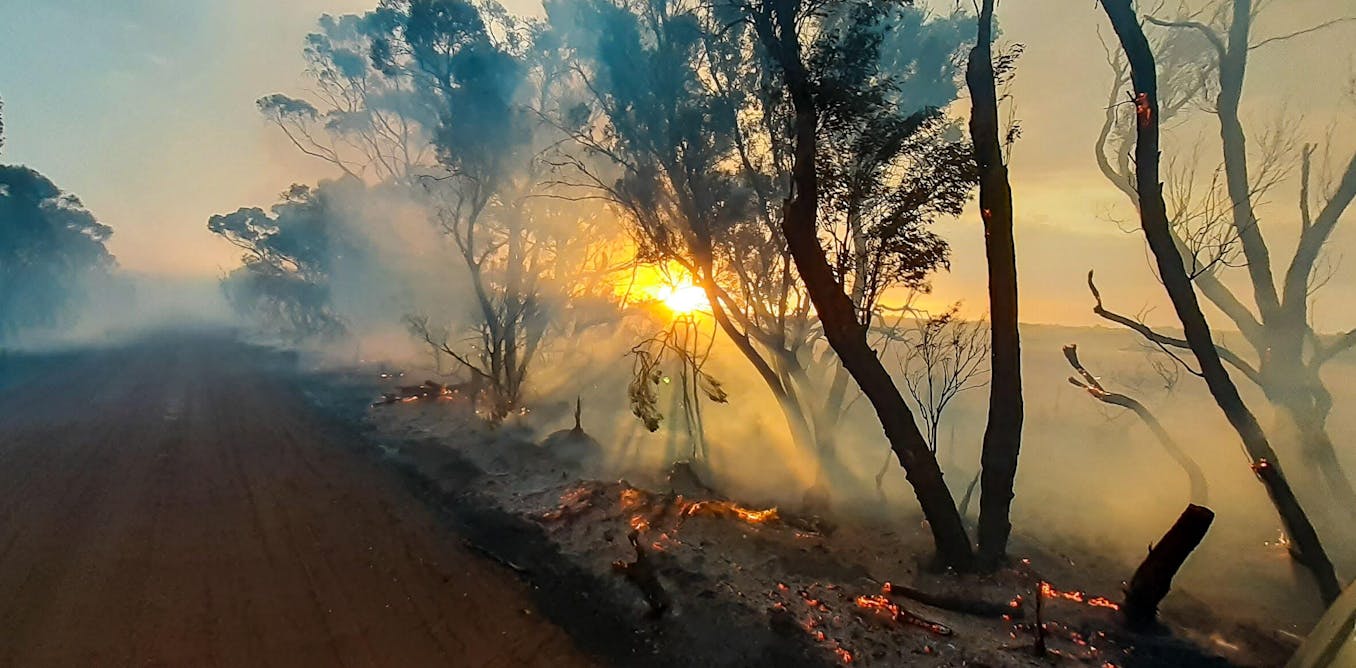BAL Report Basics: Vital Info for Property Owners
BAL Report Basics: Vital Info for Property Owners
Blog Article
Ensuring Bush Fire Security With Appropriate BAL Report Analysis
In the world of bush fire protection, the thorough analysis of Bushfire Strike Level (BAL) reports stands as a keystone for protecting residential or commercial properties versus the destructive impact of wildfires. With ecological factors and residential property qualities playing substantial roles in establishing the level of threat, a complete understanding of BAL ratings ends up being essential.
Comprehending Bushfire Strike Level (BAL)
In the world of bushfire defense, comprehending the Bushfire Attack Level (BAL) is vital for making certain effective mitigation methods. BAL is a system made use of to measure the possible threat a building may face from a bushfire. It takes into consideration factors such as the kind of plants, the incline of the land, the Fire Danger Index, and the Fire Seriousness Index. Comprehending the BAL ranking of a home is crucial for building policymakers, building contractors, and proprietors to carry out ideal measures to secure versus bushfire dangers.

Relevance of BAL Record Evaluation
A vital element in bushfire protection preparation entails the extensive evaluation of BAL reports to evaluate the possible risks and determine suitable reduction strategies. BAL reports supply vital details about the prospective influence of bushfires on a residential property based upon various elements such as vegetation type, range to prospective fire threats, and slope of the land. Analyzing these records with accuracy is extremely important in establishing effective bushfire defense steps tailored to the certain danger account of a building.
Carrying Out Fire Protection Actions
Executing effective fire security measures is vital for protecting properties in bushfire-prone locations. Among the main means to enhance fire security is by creating defensible area around structures. This includes clearing up flammable plants, such as dry fallen leaves and branches, within a particular radius of the residential property. Additionally, setting up fire-resistant roof products can help reduce the danger of embers stiring up the roof covering during a bushfire. Effectively maintained displays and seamless gutters are likewise vital to stop debris buildup that can fuel a fire.
Additionally, having a properly maintained and sufficient water supply, such as a tank or swimming pool, can Bonuses help firefighters in their efforts to protect the property. BAL Report. Generally, carrying out a combination of these fire protection actions can substantially enhance the opportunities of protecting properties throughout bushfire events.
Mitigating Threats in Fire-Prone Areas
To strengthen properties against bushfire hazards, a strategic emphasis on mitigating threats in fire-prone locations is necessary. One critical facet of danger mitigation is maintaining defensible space around properties by clearing combustible plants, making sure appropriate spacing between structures and trees, and employing fire-resistant landscaping techniques.
In addition, creating or retrofitting structures with fire-resistant materials and guaranteeing proper upkeep of roofing systems, rain gutters, and external cladding can considerably improve the residential or commercial property's resilience to bushfires. Practicing a bushfire and establishing emergency plan with all owners, consisting of emptying procedures and communication approaches, is additionally vital in mitigating risks efficiently. By adopting an aggressive method to risk reduction in fire-prone locations, home owners can much better safeguard their properties and improve overall bushfire readiness.
Ensuring Building Security and Strength
Ensuring the safety and resilience of residential properties in fire-prone locations needs an unfaltering commitment to durable precautionary procedures and critical preparation. Residential or commercial property safety begins with executing efficient procedures to minimize fire risks.
Durability, on the various other hand, entails the capacity of a residential property to stand up to and recuperate from a bushfire. By proactively resolving these facets, home owners can much better safeguard their properties and enjoyed ones from the hazard of Source bushfires.
Conclusion
Finally, making certain bushfire security through appropriate BAL record evaluation is crucial for recognizing the degree of danger posed by bushfires and applying required fire defense procedures. By alleviating dangers in fire-prone locations and ensuring residential property safety and resilience, areas and people can much better plan for and reply to bushfire events. It is critical to prioritize fire precaution to safeguard lives and building navigate to this site in these risky settings.
In the world of bush fire protection, the precise analysis of Bushfire Assault Level (BAL) records stands as a keystone for guarding buildings versus the destructive effect of wildfires (BAL Report). Comprehending the BAL score of a residential property is crucial for residential or commercial property home builders, proprietors, and policymakers to implement suitable steps to protect against bushfire threats

BAL records give essential info concerning the prospective influence of bushfires on a residential or commercial property based on different variables such as vegetation kind, range to possible fire risks, and slope of the land (BAL Report). Generally, applying a combination of these fire defense measures can considerably boost the possibilities of securing residential or commercial properties throughout bushfire occasions
Report this page